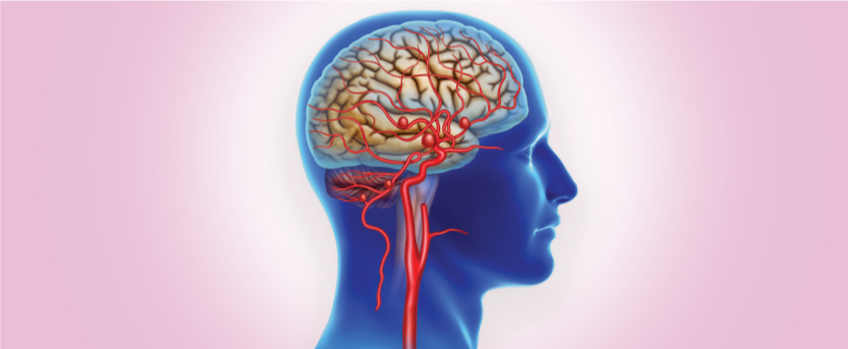Brain Aneurysm

The Circle of Willis is the junction of the four major arteries, the two carotid arteries and the two vertebral arteries. These supply the brain with the necessary nutrition. The base of the brain contains a loop of these arteries, and sometimes this junction might develop weak spots. These weak spots can balloon out and fill with blood creating an aneurysm. These may leak or rupture spilling into the surrounding brain tissue.
What are the symptoms of a Brain Aneurysm?
Unruptured Aneurysm

Peripheral vision deficits

Numbness

Weakness

Paralysis on one side of the face

A dilated pupil

Vision changes

Short term memory difficulty
Ruptured Aneurysm

Severe headache

Double vision

Vomiting

Stiff neck

Sensitivity to light

Seizures

Loss of consciousness

Cardiac arrest

Pain above and behind the eye
- Genetic connective tissue disorders that weaken the artery walls
- Polycystic kidney disease
- Arteriovenous malformations
- History of aneurysm
- Untreated high blood pressure
- Smoking
- Drug abuse
- Head trauma
- Brain tumour
- Infection in the arterial wall
Line of treatment depends upon:
- Age
- Overall health
- Size of the aneurysm
- Additional risk factors
Small-sized aneurysms can be under observation as their rupture rate is low whereas large-sized or symptomatic aneurysms need immediate surgery.
The following treatment can be followed for both ruptured and unruptured brain aneurysms:
- Embolization
- Surgical clipping
- Endovascular therapy (coiling)

